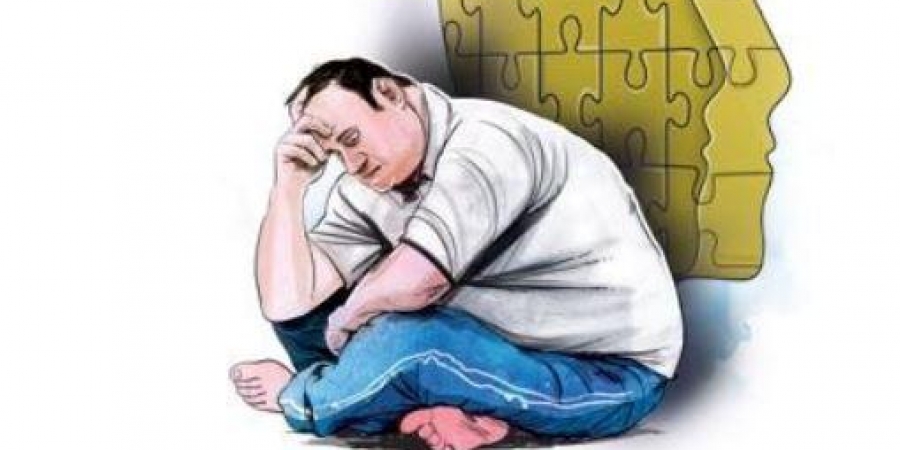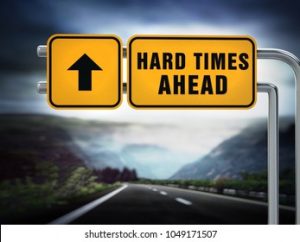
Our mental health worst hit by coronavirus second wave: Dr. Arshid Hussain
Kashmir has been at a precipice for a long time due to the conflict and prevalent socio-economic factors. The Pandemic added to this and the fresh loss of family members and livelihoods has pushed many people to the brink. While talking to a professor of psychiatry at GMC Srinagar, Dr. Arshid Hussain about COVID19, its impact on mental health, and the recent suicides reported in the media.
Q: Has depression conquered Kashmir along with the virus?
A: No, Depression has not conquered us but our resilience and coping mechanisms have been put to test by the current Pandemic. Besides Faith, Altruism and Humor, Social Networking and bonding have been important mainstay of our coping mechanism to all kinds of disasters. However in the current scenario, these very important processes got severely affected as the disease itself demanded curtailment. This social behavior resulted in a lot of pressure on individuals and small family units. As a consequence, many couldn’t deal with the huge stress load thereby leading to antecedent mental health consequences.
Q: What did this fresh lockdown add up to the existing toll?
A: Currently, like in other cultures and countries, mental health is a concern here but not an epidemic of sorts as it is in many places. During the First Wave of COVID19, mental health consequences were limited to high-risk groups like stigmatized deaths in the initial phase, forced quarantine, job loss. The primary neuropsychiatric manifestations due to COVID19 were there but the numbers were far and few.
It all changed with the ferocity of the Second Wave which caught most of us unawares. A huge number of people are seeking help for COVID19 related mental health problems. The problems and issues that started in the first wave, many of them aggravated in the second wave. Livelihoods took another hit, many people suffered losses of family members, the normal process of education of children continued badly affected. Nevertheless, I believe we can still sail through this with cautious optimism and intensive efforts.
Q: What are the main age groups affected?
A: Elderly patients who have recovered from COVID19 have mostly complained about delirium and dementia (problems with memory, orientation and executive functioning). Young caretakers especially if they have lost a close family member have issues of depression and anxiety. Some patients with pre-existing mild obsessive-compulsive disorder (OCD) have progressed to full-blown OCD. Young asymptomatic or mildly symptomatic patients usually report autonomic symptoms (increase/decrease heart rate, flushing with superadded anxiety), extreme fatigue, and lethargy. Mortality in families with poor social support or young death in families seems to be the strongest predictor of mental health issues.
Q: How long does it take before people start seeking help?
A: Our past experience many people are seeking early help and I think teleconsultations and a fully functional Institute of Mental Health and Neurosciences (IMHANS) are playing a pivotal role in that. But I think there is a lot of scope in improving the gap between mental health care providers and those who are affected.
To counter this, IMHANS has launched two vital projects which involve reaching out to aggrieved families for their mental health needs and then ascertaining the mental health of all recovered COVID19 patients. Both these projects are ongoing. All my observations are based on data from these two projects apart from our online and offline hospital data which is of more than 1.5 lac patient visits from last March till date.
Q: Is this the tipping point?
A: This is a crucial point in the mental health scenario in Kashmir but my personal view is that it is not the tipping point. We will triumph but we have to address significant mental health issues. Intensive efforts at all levels are required to help make services available everywhere. We also need to work on the taboo part. Let’s tell ourselves and others – mental illnesses can happen to me, to my family, to others and we will seek help.
Q: Many suicides have become a public spectacle. What is the impact of it?
A: While I share everybody’s concern about mental health and suicide, I have strong reservations about how media and now social media covers suicide in general and celebrity suicide in particular. With social media going berserk nobody is caring about guidelines for covering suicide in media and its implications on ‘copy cat’ phenomena and contagion .
I would suggest everyone to please refer to : https://www.nami.org/Blogs/NAMI-Blog/June-2018/Why-Suicide-Reporting-Guidelines-Matter.
Here is an excerpt from the Contagion: “Between 1984 and 1987, journalists in Vienna covered the deaths of individuals who jumped in front of trains in the subway system. The coverage was extensive and dramatic. In 1987, a campaign alerted reporters to the possible negative effects of such reporting, and suggested alternate strategies for coverage. In the first six months after the campaign began, subway suicides and non-fatal attempts dropped by more than eighty percent. The total number of suicides in Vienna declined as well”.
Please be sensitive and not sensational. This I think is a very important message in relation to suicides. I think imitating and contagion are driving it and all of us are playing the ball. While we address mental health needs let us also cut down on rhetoric and contributing factors.
Q: Is there a cultural angle to it?
A: Suicide as a health problem has announced its arrival in an unlikely socio-religious scenario and perhaps taking all health planners unawares. To address this problem preventive strategies at all levels need to be framed and subsequently implemented, immediately. From maintaining data to making mental health available and accessible, we have a Herculean task at our hands.
Religious Cognitive reappraisal at the community level looks to be an effective maneuver to combat this problem. A multi-pronged strategy with a role for everybody should be the goal read.
Q: What can be done to reduce such extreme scenarios?
A: Research has shown that 9 out of 10 suicide victims have a significant psychiatric illness at the time of their death. These illnesses are undiagnosed or untreated to the least. The cause of individual suicide is invariably more complicated than assumed.
However, we as a society need to avoid referring to suicides in a manner that others, vulnerable, take a cue from it as a coping mechanism for their issues and problems. Reporting of suicide methods through reports can encourage vulnerable individuals to imitate it. There is a consensus among doctors that the danger is more if there is romanticizing of the act, detailed description of the method or too many details about the problems that ‘led to suicide’. Research indicates that detailed descriptions or pictures of the location or site of a suicide encourage imitation.

